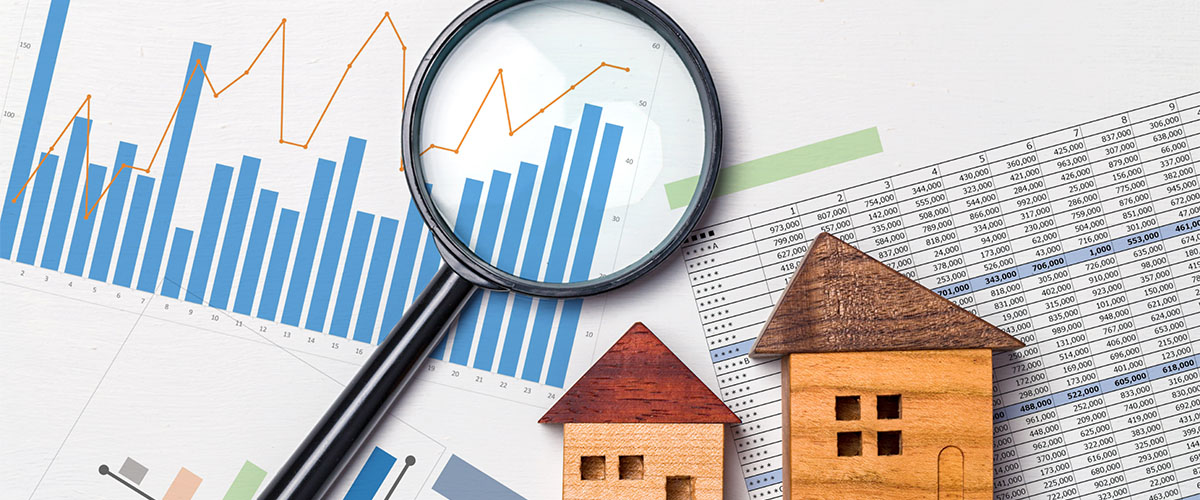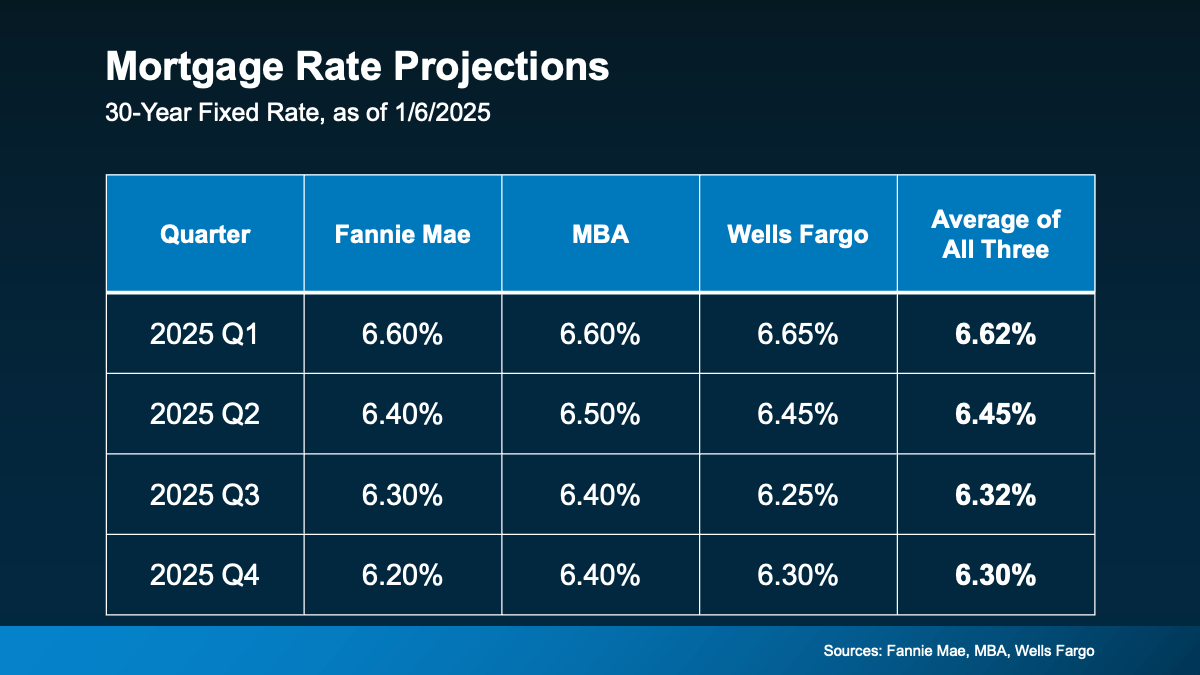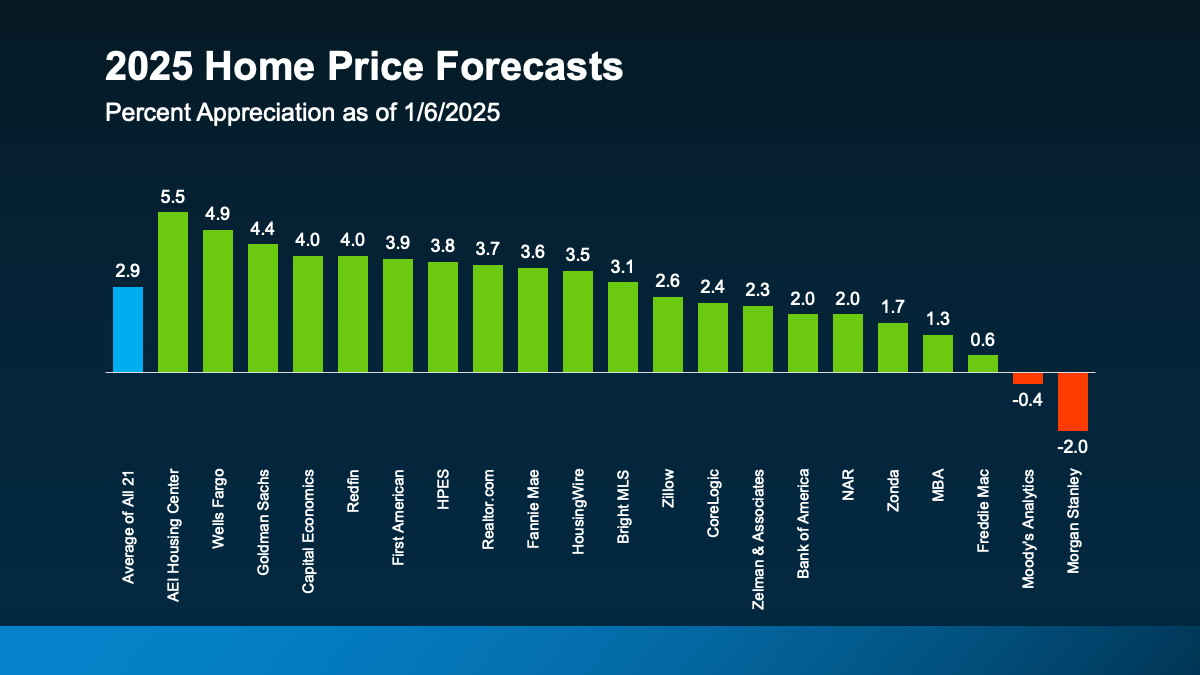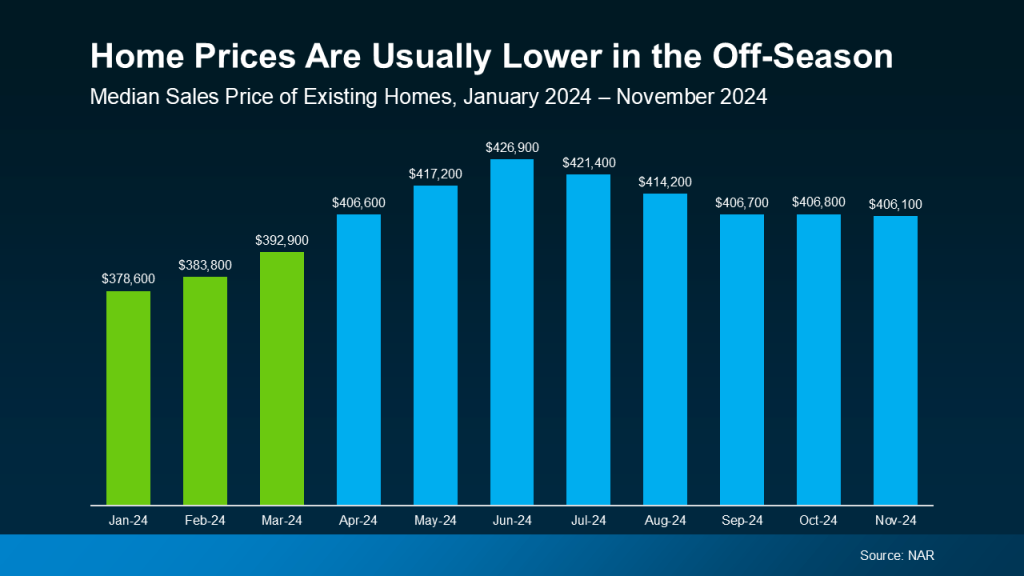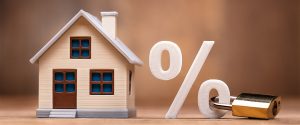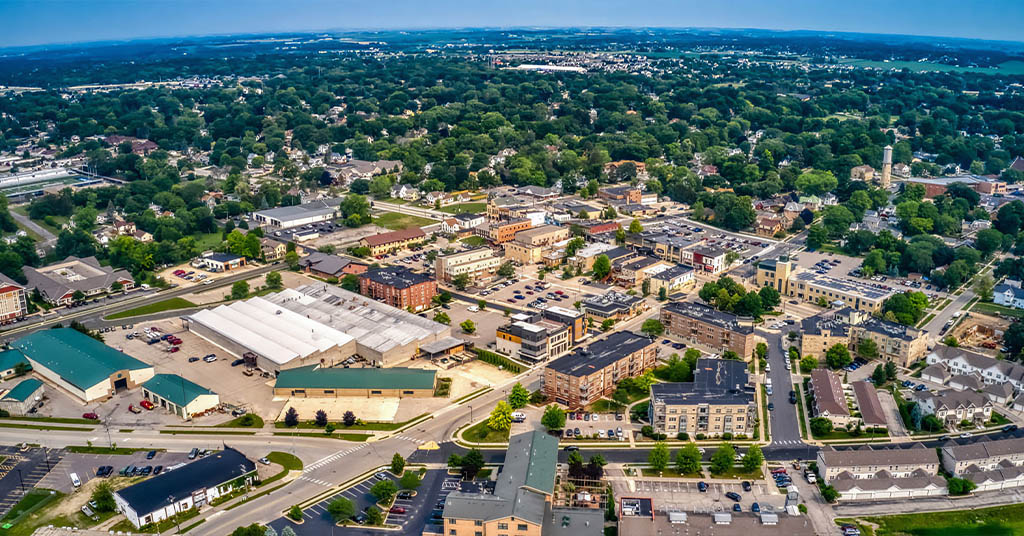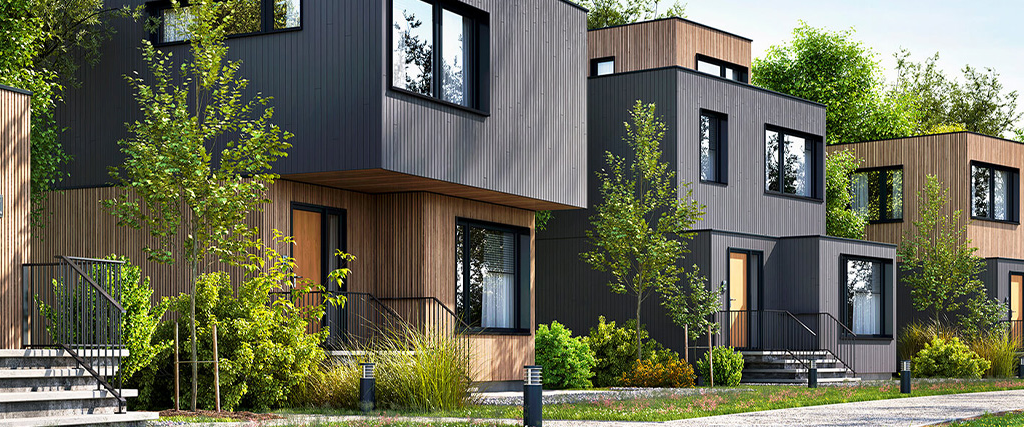The Top 5 Fastest-Growing Cities in Wisconsin

Like many areas throughout the country, Wisconsin has seen varied population growth across its cities in recent years following the COVID-19 pandemic. This growth is often driven by homebuyers seeking affordable homes or stronger local economies, and there are several areas enjoying particularly strong influxes of new residents. In this post, we’ll explore the five fastest-growing cities in the state of Wisconsin, based on recent data and trends.
1. Madison

Madison, the ever-popular capital city of Wisconsin, has experienced significant population growth in recent years. Between 2020 and 2023, Madison’s population increased by 4.4%, from 274,686 to 286,785 residents. This growth continues a trend observed over the past decade, where the city saw a 17.7% increase in population from 2010 to 2020. Madison’s robust growth can be attributed to its strong economy, education opportunities, and consistently high livability and quality of life rankings.
2. Fitchburg
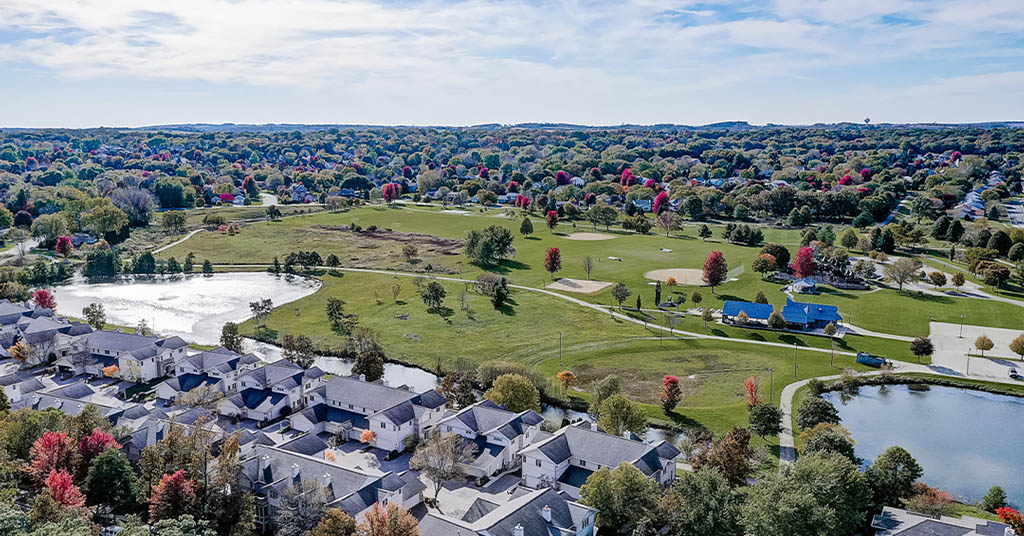
Fitchburg, a suburb south of Madison and part of the Madison metropolitan area, has also seen substantial post-pandemic growth. From 2020 to 2023, the city’s population grew by 9.74%, from 30,999 to 34,019 residents. Fitchburg’s recent growth rate is one of the highest in the state, reflecting the town’s appeal as a suburban community with convenient access to the nearby amenities of Madison.
3. Sun Prairie
Sun Prairie, yet another city in Dane County, has experienced a 6.73% population increase from 2020 to 2023, growing from 35,967 to 38,387 residents. Over the past decade, Sun Prairie’s population has surged by 29.3%, making it one of the fastest-growing cities in Wisconsin. Sun Prairie’s growth is strongly driven by its proximity to Madison, family-friendly suburban environment, and considerably strong economic development.
4. Oak Creek
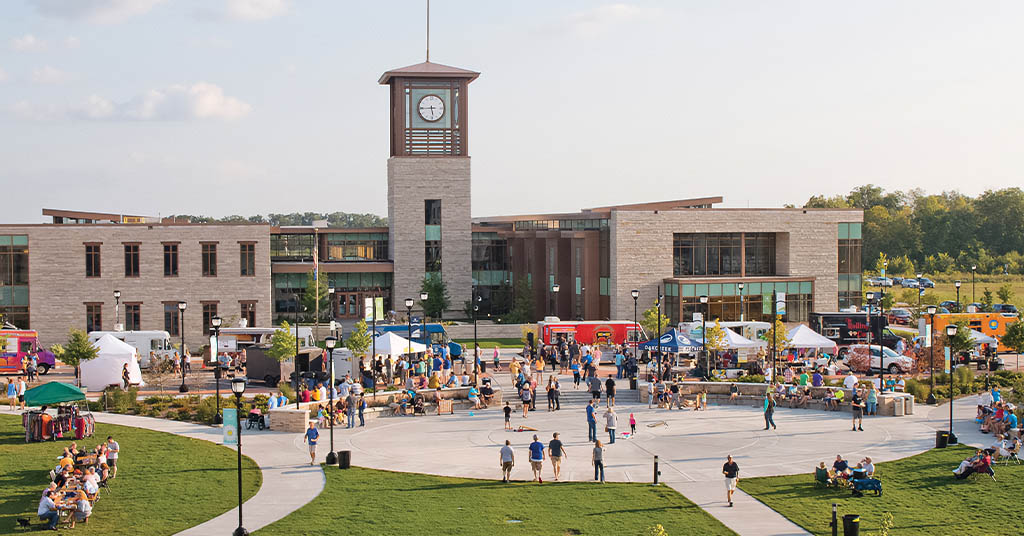
Oak Creek, located on the southwestern shores of Lake Michigan in Milwaukee County, saw a 4.59% increase in population from 2020 to 2023, growing from 36,497 to 38,174 residents. This growth is significant given the overall population decline in Milwaukee County during that same period. Oak Creek’s rising population and development is supported by its strategic location between Milwaukee and Chicago and expanding residential and commercial sectors.
5. Eau Claire
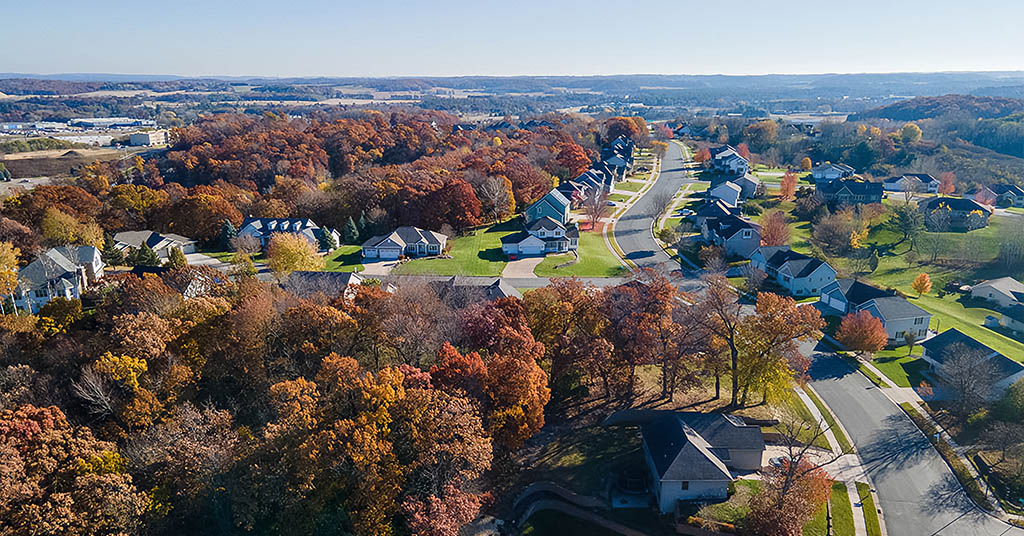
On the opposite side of the state, the city of Eau Claire has enjoyed a 2.71% population increase from 2020 to 2023, growing from 69,421 to 71,304 residents. This growth has positioned Eau Claire as the seventh-largest city in Wisconsin, surpassing Waukesha since the last U.S. census in 2020. Eau Claire has long stood as an attractive destination thanks to its reputation as a cultural hub and close proximity to Minnesota’s Twin Cities. Other notable attractions driving Eau Claire’s growth include its vivacious arts scene and ongoing municipal investments such as the expansion of its downtown area.
The cities of Madison, Fitchburg, Sun Prairie, Oak Creek, and Eau Claire are leading the way in population growth in Wisconsin. These destinations offer a compelling combination of economic opportunities, quality of life, and strategic locations that are driving new residents into their welcoming arms. If you’re interested in making a move to one of Wisconsin’s most popular cities, start a search for a new home today or contact us to get in touch with a local real estate expert.


 Facebook
Facebook
 X
X
 Pinterest
Pinterest
 Copy Link
Copy Link
